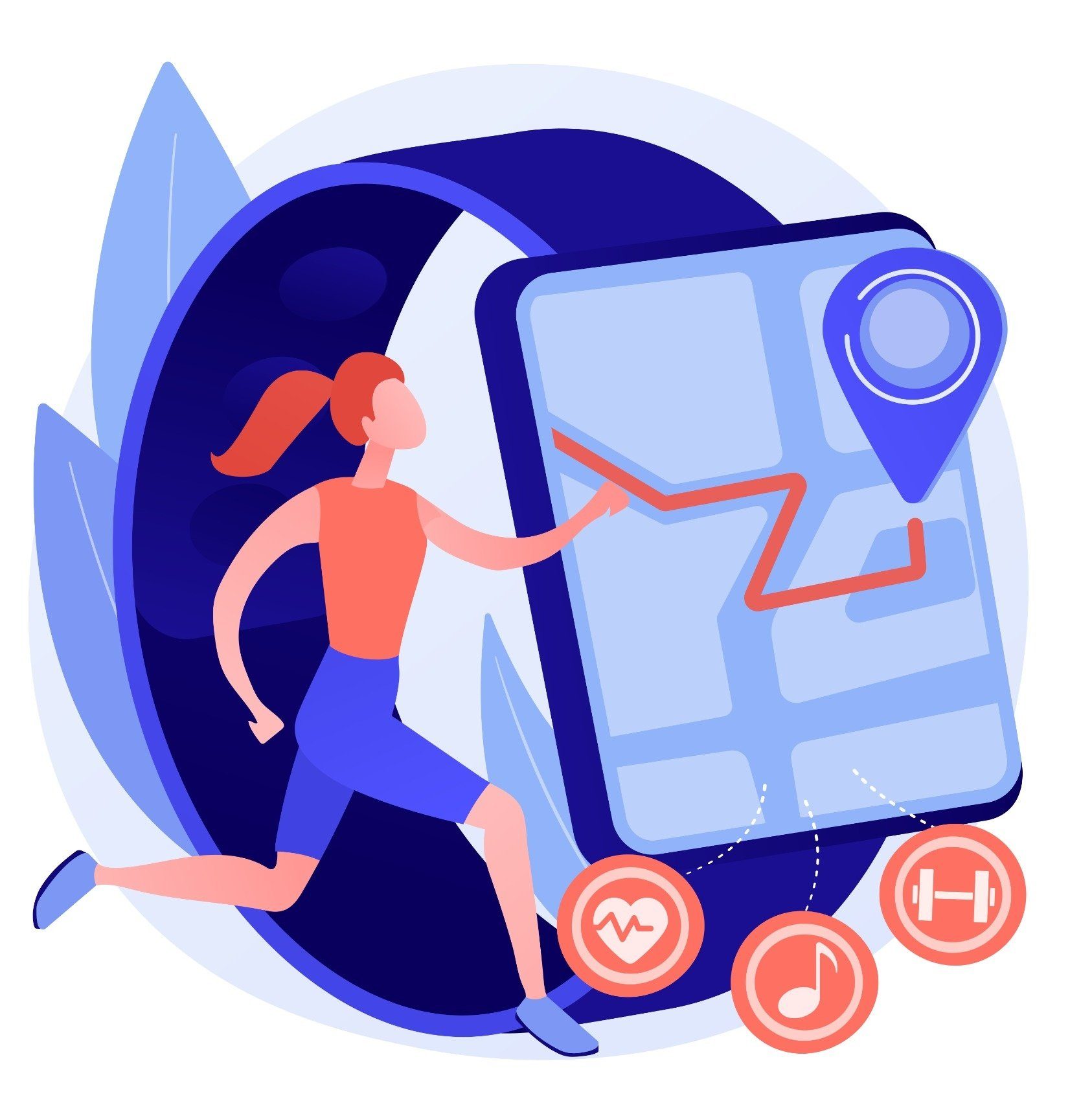What is an Applicant Tracking System in HR? A Complete Beginner's Guide
Hiring the right employees is important to the success of any business. But when hundreds or thousands of applications are received for a single position, managing the hiring process by hand gets difficult and time taking.In this situation Applicant Tracking System (ATS) can help . If you’re not familiar with HR technology, and might be asking what an application tracking system in HR is. In this blog for beginners, we have made everything simple for you.
Applicant Tracking Systems: A Must Know for HR Beginners:
Hiring is made easy with the use of HR software called an Applicant Tracking System (ATS). Its main objective is to increase the speed and quality of hiring new staff for businesses. With the use of applicant tracking systems (ATS), we can help businesses find the ideal candidate for a position without having to spend time on paperwork. Applicant tracking systems are used by hiring managers to gather, organize, and analyze job applications. Additionally, it helps in interview scheduling, candidate selection, and maintaining organization throughout the employment process.
The Working Process of an Applicant Tracking System
However an ATS’s process can differ according on the platform, it typically consists of the following steps:
- Posting of Jobs: HR departments use the applicant tracking system (ATS) to create a list of open positions, which are then shared on various job boards, social networking sites, and the company’s page.
- Application Collection: After submission, applicants applications and resumes enter the applicant tracking system.The system saves this data in a database.
- Resume Scanning:The applicant tracking system (ATS) scans resumes using different methods to find important information like education, work experience, abilities, and certifications.
- Screening and Filtering: The applicant tracking system filters away candidates who don’t meet the requirements that job recruiters set , such as the keywords, experience levels, or qualifications.
- Ranking and Shortlisting: Candidates’ profiles are ranked by ATS according to how well they match the job description.
- Communication and Interview Scheduling: The system can send emails, updates, and interview invitations to candidates, making communication easy.
- Collaboration: Hiring managers and HR teams can leave feedback, work on candidate levels, and make decisions faster.
- Onboarding : Some ATS solutions even integrate with onboarding systems, helping HR teams help new hires smoothly into their roles.


The Importance of Applicant Tracking System in HR?
-
Efficiency and Time Saving
Recruiters are able to process hundreds of applications far more quickly than they could on their own. Interviews, emailing candidates, and examining applications are all made easier by applicant tracking systems (ATS).
-
Great Candidate Experience
Even in the situation when they aren't selected, candidates are helped by quick responses, open communication, and an easy application process.
-
Improved Quality of Hires
An applicant tracking system (ATS) makes sure that hiring managers only see the good candidates by employing smart filtering and ratings, which improves recruiting decisions.
-
Centralized Database
An ATS serves as a single source of truth for all candidate information, making it easier to search, and review applications at any time.
-
Reporting and Compliance
Hiring processes are subject to strict guidelines in many businesses. By maintaining correct data and producing reports, an ATS helps HR departments in maintaining details.
Do you want to know more about our hihellohr Software?
What an Applicant Tracking System Should Have
If you are thinking of using an applicant tracking system in HR, here are some important features to look for:
- Resume Break down: Accurately select candidate information without losing important details.
- Automated Job Posting: Ability to post to multiple jobs and platforms from one place.
- Customizable Filters and Scoring: Helps in ranking applicants according to qualifications and experience.
- Mobile-Friendly Interface:The system is simple for recruiters and candidates to use on mobile devices.
- Candidate Relationship Management : Tools to engage and improve relationships with the candidates.
- Integration Capabilities:Should be compatible with background check services, onboarding software, and other HR solutions.
- Analytics and Reporting: Helps in data-driven decision-making and offers insights into the efficiency of the hiring process.

Some Common Myths About Applicant Tracking Systems
Despite its worldwide use, some myths about ATS exist:
- ATS Automatically Rejects Good Candidates: While poor resume formatting can affect analyzing, well optimized resumes with relevant keywords generally perform well.
- ATS Are Only for Large Companies: Today, there are many ATS options suitable for small and medium businesses as well.
- They Make Recruitment Impersonal: Instead, HR teams can spend more time developing genuine connections with candidates by simplifying administrative processes.
- ATS Automatically Rejects Good Candidates: While poor resume formatting can affect analyzing, well optimized resumes with relevant keywords generally perform well.
Tips for Candidates: How to Master the ATS
If you’re a job seeker, knowing what an applicant tracking system in HR is can actually help you improve your chances:
- Use Keywords wisely: Include job description keywords in your resume.
- Keep Formatting Simple: Keep clear of tables and visuals that might confuse the ATS; instead, use normal fonts and headings.
- Add Related Skills and Certifications: Make sure that relevant details are easy to find in the resume.
Final Thoughts
In today’s fast growing business world, an applicant tracking system in HR is becoming an important tool instead of a luxury. Whether you’re an HR professional looking to improve your hiring process or a candidate seeking the job , understanding how applicant tracking systems (ATS) work can give you a great advantage over others.
Because they simplify the hiring process, raise the level of hires, and improve the candidate experience, applicant tracking systems play a key role in deciding the direction of human resources. As technology evolves, more businesses are turning to comprehensive Recruitment Management Software—which includes ATS, interview scheduling, and onboarding tools—to manage hiring from start to finish.
Related Articles:




